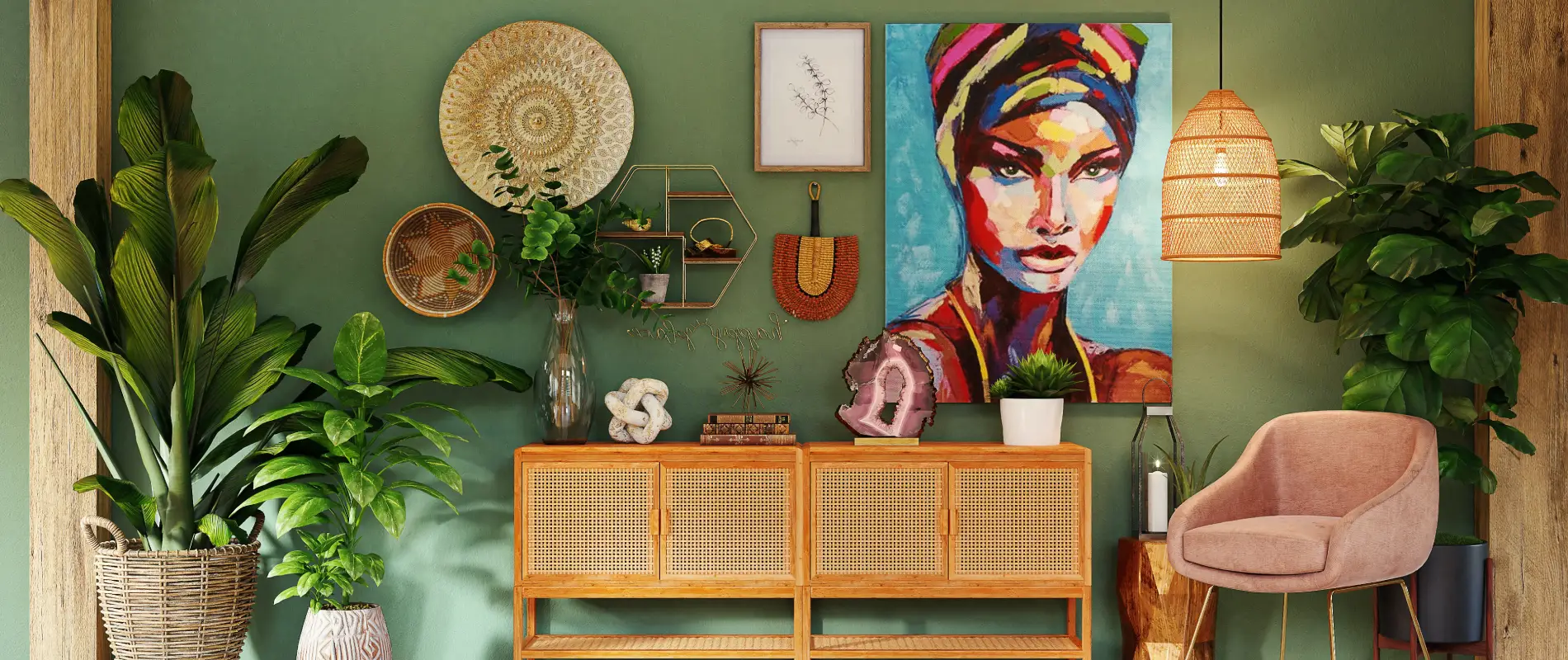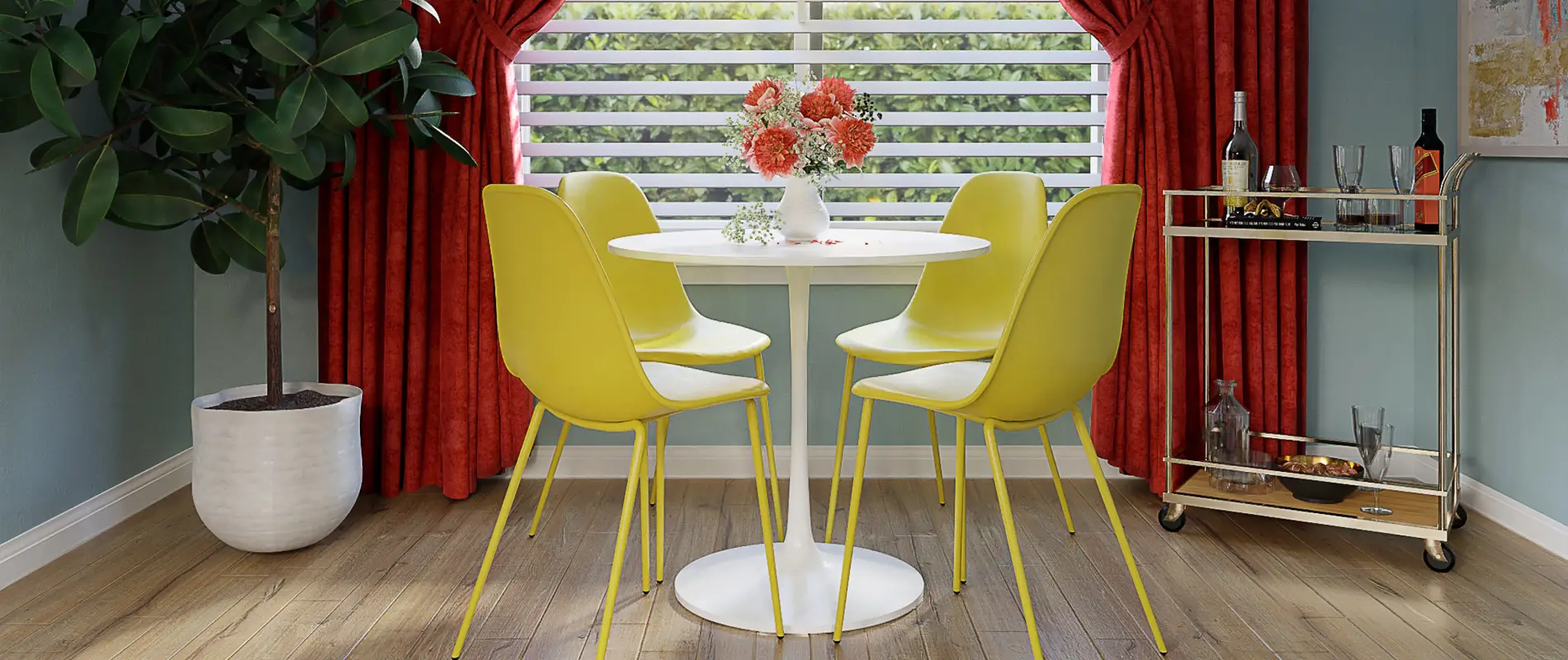

WordPress themes: Navigation Menu Light NML-PRO-20
Build WordPress sites with MaxiBlocks. All features free forever. No locked functionality. Optional Cloud Library saves you 10+ hours per project. Start free

Elevate your website with a modern WordPress navigation menu design
Transform your WordPress site with a sleek and functional navigation menu that elevates user experience. Imagine a clean, minimalist design that features a single-row layout, perfectly centred at the top of your website. The result? A striking visual that guides visitors seamlessly through your site.
Original design overview
The navigation menu showcases an elegant design, featuring:
- Logo placement: Positioned on the left, providing brand visibility.
- Horizontal menu items: Key pages like “Home,” “Features,” “Pages,” “Portfolio,” “Blog,” and “Contact” align beautifully in a fluid, left-to-right sequence.
- Functional additions: Contact information and a search bar grace the right side, ensuring easy access for your users.
Key features of this navigation menu design
Explore the essential elements that make this navigation menu design stand out:
- Overall structure: One main row filled with easy-to-navigate elements and no cluttered columns.
- Asymmetrical balance: The unique combination of the logo and functional elements creates a dynamic feel, enhancing visual appeal.
- Interactive elements:
- Clickable navigation links: Effortlessly guide your visitors to different sections of your site.
- Engaging search bar: Designed with user input in mind, allowing for seamless searches.
- Typography and icons:
- Modern sans-serif fonts are used for maximum readability.
- Social media icons enhance connectivity and engagement opportunities.
- Minimalist aesthetic: A bold black background contrasts beautifully with lighter colours, making menu items pop.
- User-friendly experience:
- Hover effects may animate the menu, enhancing interactivity.
- Designed to adapt responsively for mobile devices, offering a smooth viewing experience across all screens.
- Accessibility-first design: The clear contrast and larger clickable areas make navigation accessible to all users.
10 use cases for WordPress navigation menus based patterns
1. Blogging platforms
For those starting out or managing a blog, navigation menus can help categorise posts and guide readers. By utilising responsive navigation menus, readers can effortlessly switch between categories, ensuring engagement and smooth content discovery.
2. E-commerce websites
WordPress menu settings are vital for online stores aiming to streamline customer navigation through products and categories. Utilising dropdown menus and mega menus enhances user interaction, ensuring a seamless shopping experience.
3. Portfolio sites
For creatives, a well-structured navigation menu highlights work and directs potential clients to relevant sections. Custom navigation menus can spotlight distinct project categories and facilitate easy exploration.
4. Corporate sites
Businesses benefit from a professional look, with navigation menus facilitating easy access to important content. Gutenberg blocks enable the addition of submenu items, making intricate corporate hierarchies user-friendly.
5. Educational websites
Institutions use navigation structures to present information like courses, departments, and events. A well-crafted navigation structure enhances the user experience, guiding students and staff to the needed information quickly.
6. News websites
With dynamic content updates, news platforms require efficient navigation. Dropdown menus allow readers quick access to categories, sections, and latest posts, keeping them informed and engaged.
7. Travel blogs
Travel blogs thrive on visual appeal and ease of navigation. Careful attention to favicon dimensions and menu icons ensures a captivating look that guides users to destinations and experiences effortlessly.
8. Community forums
Forums require clear site navigation to enable users to find discussions and topics of interest. Custom menus provide an intuitive experience, maintaining lively, active communities.
9. Real estate sites
Prospective buyers appreciate user-friendly menus that guide them through property listings, contact information, and agency details. Implementing mobile-friendly menu designs ensures accessibility across devices.
10. Non-profit organisations
Non-profits utilise navigation links to highlight key causes, events, and donation pages. Thoughtful website navigation structures enhance supporter engagement and simplify access to vital content.
10 different types of WordPress navigation menus based designs
1. Horizontal menus
Ideal for versatile site types, horizontal menus feature a clean row layout that guides users effortlessly. Aligning menu items horizontally at the top of a page creates simple and effective navigation for any WordPress website.
2. Vertical menus
Vertical menus suit sites with extensive content, offering a scrolling mechanism that keeps navigation constant and visible. It maximises usability by listing categories or sections neatly in a sidebar.
3. Mega menus
Mega menus artfully present large volumes of information. Used by e-commerce sites with varied product categories, their dropdown structure neatly organises content, enhancing the user experience.
4. Sticky menus
Sticky menus remain visible while scrolling, suitable for single-page sites or menu plugins. This design keeps navigation links accessible, improving site usability and engagement.
5. Mobile menus
Specifically crafted for smaller screens, mobile menus transform a website’s navigation into a mobile-responsive design. Utilising WordPress block themes, mobile-friendly menus provide a sleek look.
6. Hamburger menus
Popular for both web and app interfaces, hamburger menus offer a compact, minimalistic navigation solution. With a single icon indicating the menu, users can access site navigation without cluttering the visual landscape.
7. Sidebar menus
Perfect for content-heavy sites, sidebar menus offer permanent placement and visibility. With the menu widgets, users benefit from easy access to essential sections like archives or categories.
8. Dropdown menus
Dropdown menus introduce layered navigation, ideal for website templates with multiple page hierarchies. It optimises the user journey through natural sub-navigation groupings.
9. Collapsible menus
Collapsible menus bring interactivity to site design, particularly beneficial for smaller screens. Upon selection, categories expand to reveal submenus, offering an elegant and space-saving approach.
10. Footer menus
Footer menus act as complementary navigation elements. Featuring key links like privacy policies and contacts, footer menus provide an alternative access point for WordPress designers.
FAQs: Navigating WordPress menus
How to get a navigation menu in WordPress?
Creating a navigation menu in WordPress is simple. Go to “Appearance” > “Menus,” and name your menu. Add pages, posts, and categories to structure your site effectively.
How do I add a navigation menu item in WordPress?
To add a menu item in WordPress, navigate to “Appearance” > “Menus.” Click on “Select a menu to edit,” then add desired items from pages, categories, custom links, or posts.
How do I create a custom navigation menu in WordPress?
For a custom menu, visit the “Menus” under the “Appearance” section. Select “Create a new menu,” input your interest, and define custom links or page items.
How do I style a navigation menu in WordPress?
WordPress allows menu customisation via custom CSS or theme settings. Explore plugins or use the Theme Customiser under “Appearance” to edit styles and integrate custom fonts or icons.
How do I edit the navigation menu in WordPress?
To edit a menu, access “Appearance” > “Menus.” Select the desired menu, rearrange items via drag-and-drop, and save changes to update your site’s navigation.
How do you add a style to the navigation pane?
In WordPress, utilise CSS classes to style your navigation pane. Leverage built-in theme customisation options or add CSS snippets under “Appearance” > “Customise” > “Additional CSS.”
How do I change navigation style?
Altering the navigation style involves adjusting theme settings or employing custom CSS. Explore plugin options that enrich styling, offering a versatile design experience.
How do I change the navigation pane view?
To adjust the navigation pane’s view, employ responsive options within your theme settings. Plugins may provide menu options to enhance functionality and adjust visual layout.
What options are available in the navigation pane?
WordPress’ navigation pane allows the inclusion of pages, posts, categories, custom links, and menu hierarchy to ensure comprehensive site coverage.
Conclusion
Incorporating a thoughtfully designed navigation menu enhances user experience and strengthens your brand presence. Whether you’re managing a portfolio, engaging readers with content, or facilitating e-commerce experiences, a sophisticated menu structure transforms your WordPress website. Don’t overlook the potential a stylish, accessible navigation bar brings to your site. Embrace modern site navigation today to make your WordPress website design stand out.


